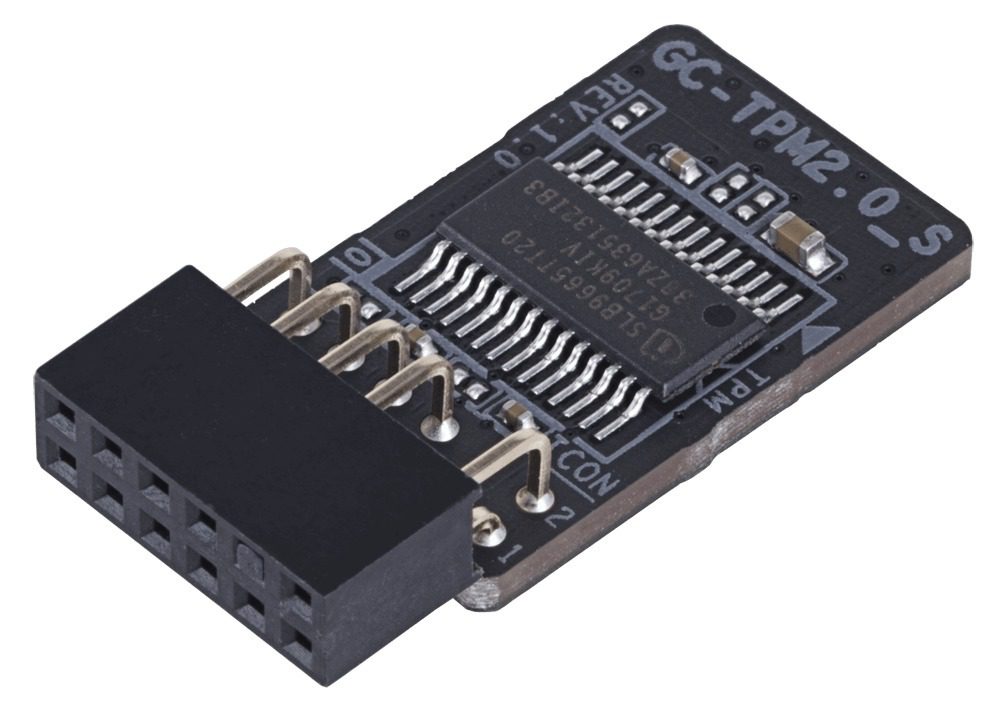Table of Contents
Introduction
Like most of us, you've seen the announcement from Microsoft. Windows 11 is just around the corner so everyone is scrambling to make sure their system is compatible and invariably running into the same issue: Confusion.
There’s going to be a lot of head-scratching over which PCs support Windows 11 or which PCs need UEFI updates/reconfigurations to do so. In theory, Microsoft’s just-released PC Health Check utility could help people identify their motherboard make and model, or offer some generic instructions on how to open a PC to install a TPM chip.
Unfortunately, but not unexpectedly
That's not entirely the case. Most times, a vague error is encountered. The 'Learn More' button simply takes you to the 'Minimum System Requirements' which can further confuse.
The PC Health Check gives no information on why your system failed or what you need to adjust in order to remedy it. TPM support isn’t even mentioned. Microsoft’s PC Health Check is incapable of identifying the most common reason why an end-user with an otherwise-fast PC won’t be able to install Windows 11.
The single most common cause is the lack of TPM support/configuration
Microsoft’s Windows 11 launch event didn’t include a discussion on which PCs would and would not be eligible for Windows 11 on the basis of TPM 1.2/2.0 support, and it didn’t mention that enthusiasts running on older hardware could wind up stuck on Windows 10 unless they buy new equipment during a historic CPU and GPU shortage.
If your system is capable of supporting a TPM, it likely won't be enabled by default, which is likely the cause for the upgrade check failure.
Thankfully, Intel Platform Trust Technology (PTT) seems to occasionally fulfill this requirement.
If you’re having issues with the PC Health App checker for Windows 11, make sure you have 'PTT' on Intel systems enabled in the BIOS, or 'fTPM' on AMD devices.
Workaround (Your experience may differ)
Generally, the instructions are the same but if you don't see the options, your system may not support this feature. Reach out to Puget Systems Support with your order number handy, we are happy to guide you to the correct setting if available.
INTEL
1. On startup, rapidly and repeatedly hit the DEL key until you get into the BIOS
2. You will find PTT under Settings > Miscellaneous > Intel Platform Trust Technology (PTT)
3. Enable it and it should fulfill that requirement
AMD
1. On startup, rapidly and repeatedly hit the DEL key until you get into the BIOS
2. You will find fTPM under Settings>Miscellaneous>AMD CPU fTPM
3. Enable it and this should fulfill the requirement
Some motherboards will require the 'Security Device Support' setting to be enabled as well. It can usually be found in: BIOS>Settings>Miscellaneous>Trusted Computing
Updates
As this develops we will be posting updates.
For instance, we should be able to identify which specific hardware (Motherboard/CPU) will be supported based on what products we have carried/sold.
Conclusion
If you're unsure if your hardware supports these parameters or have any other questions, please don't hesitate to reach out!
Need help with your Puget Systems PC?
If something is wrong with your Puget Systems PC, we are readily accessible, and our support team comes from a wide range of technological backgrounds to better assist you!
Looking for more support guides?
If you are looking for a solution to a problem you are having with your PC, we also have a number of other support guides that may be able to assist you with other issues.
